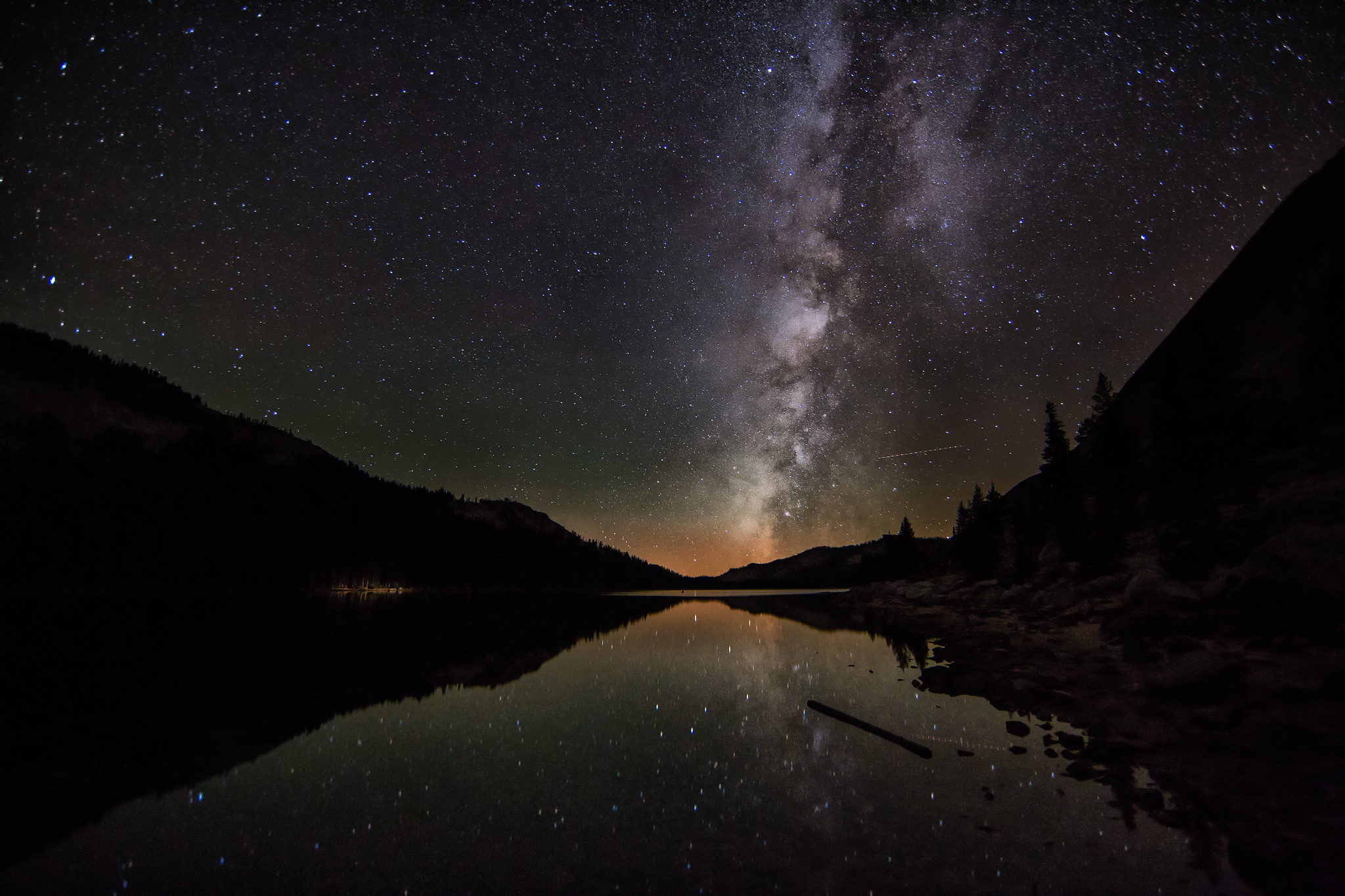via joshuastarlight on we heart it http://bit.ly/1XDiAsL
Earth Sol Milky Way Home Galaxy Local Group Virgo Supercluster Imagination Station Celestial Citadel
USA SUNFLOWER TOWER TREE OF LIFE SECRET STAR STATION RAINBOW BRIDGE WIZARD SPIRAL STAIRWAY AIR SPIRIT WATER EARTH SILVER LUCID DREAM ASTRAL TAROT HEALING MANDALA COSMIC FANTASY TURTLE WORLD LIBRARY LABYRINTH TEMPLE CREATION IMAGINATION BLUE HOLY FORTRESS SAPPHIRE AMETHYST SKY CASTLE RIVER INN MAGIC THEATER CELESTIAL MEMORY PALACE GALAXY HOME MULTIVERSE FRACTAL CITY INTERDIMENSIONAL NEW ANCIENT LOVE UNDERSTANDING CONSCIOUSNESS PEACE EMERALD BUTTERFLY REALM ❤️ ✨⭐ 💙 ⭐ ✨ 💚 💟 💜 💛 🧡 ❤️ 🐈 🐢 🐉
Search This Blog
Monday, November 30, 2015
Hikers on Mount Rainier at night [1600x1067][OC]
http://bit.ly/1LJXpyq via /r/spaceporn http://bit.ly/1OrH4EI
NASA astronaut Chris Cassidy points his camera back at Earth while floating in the cupola aboard the ISS [2832x4256]
http://ift.tt/1NYm7ga via /r/spaceporn http://ift.tt/1Tgl52O
A multi-wavelength view of radio galaxy Hercules A [5000 x 3552]
http://ift.tt/1MQwsNp via /r/spaceporn http://ift.tt/1YDxX6P
ESO: The Earth's Global Virtual Telescope --"Zeroing In on the Milky Way's Supermassive Black Hole"
via The Daily Galaxy --Great Discoveries Channel: Sci, Space, Tech http://ift.tt/1lq1OB5
Water World
Although Enceladus and Saturn's rings are largely made up of water ice, they show very different characteristics. via NASA http://ift.tt/1IvHEuX
Dark Sand Cascades on Mars
They might look like trees on Mars, but they're not. Groups of dark brown streaks have been photographed by the Mars Reconnaissance Orbiter on melting pinkish sand dunes covered with light frost. The above image was taken in 2008 April near the North Pole of Mars. At that time, dark sand on the interior of Martian sand dunes became more and more visible as the spring Sun melted the lighter carbon dioxide ice. When occurring near the top of a dune, dark sand may cascade down the dune leaving dark surface streaks -- streaks that might appear at first to be trees standing in front of the lighter regions, but cast no shadows. Objects about 25 centimeters across are resolved on this image spanning about one kilometer. Close ups of some parts of this image show billowing plumes indicating that the sand slides were occurring even while the image was being taken. via NASA http://ift.tt/1Oo0Vot
Sunday, November 29, 2015
Soviet-era space shuttles left behind at the Baikonur Cosmodrome in Kazakhstan [2060×1375] Photographed by David de Rueda
http://ift.tt/1YBv46u via /r/spaceporn http://ift.tt/1NgR1zv
Rosetta and Comet Outbound
Not a bright comet, 67P/Churyumov-Gerasimenko now sweeps slowly through planet Earth's predawn skies near the line-up of planets along the ecliptic. Still, this composite of telescopic images follows the comet's progress as it moves away from the Sun beyond the orbit of Mars, from late September (left) through late November (far right). Its faint but extensive coma and tails are viewed against the colorful background of stars near the eastern edge of the constellation Leo. A year ago, before its perihelion passage, the comet was less active, though. Then the Rosetta mission's lander Philae made it's historic landing, touching down on the surface of the comet's nucleus. via NASA http://ift.tt/1kYXBok
Saturday, November 28, 2015
Andromeda and Cassiopeia visible through the trees. [OC][2048x1365]

http://ift.tt/1HwirFA via /r/spaceporn http://ift.tt/1MXiFm7
Calibrated and stacked amateur Flickr images of Comet 17P/Holmes trace out its path in the sky [1400x1314] [x-post /r/space]

http://ift.tt/1SpoJaI via /r/spaceporn http://ift.tt/1NUWOeQ
The Milky Way over Yosemite National Park [2048×1365] Photographed by Rodney Lange

http://ift.tt/1NB5UmI via /r/spaceporn http://ift.tt/1RddT9k
Ignoring 500 Billion Galaxies: The Extraterrestrial-Life "Probability" Debate (Holiday Weekend Feature)
via The Daily Galaxy --Great Discoveries Channel: Sci, Space, Tech http://ift.tt/1YzTM7c
Gravity's Grin
Albert Einstein's general theory of relativity, published 100 years ago this month, predicted the phenomenon of gravitational lensing. And that's what gives these distant galaxies such a whimsical appearance, seen through the looking glass of X-ray and optical image data from the Chandra and Hubble space telescopes. Nicknamed the Cheshire Cat galaxy group, the group's two large elliptical galaxies are suggestively framed by arcs. The arcs are optical images of distant background galaxies lensed by the foreground group's total distribution of gravitational mass dominated by dark matter. In fact the two large elliptical "eye" galaxies represent the brightest members of their own galaxy groups which are merging. Their relative collisional speed of nearly 1,350 kilometers/second heats gas to millions of degrees producing the X-ray glow shown in purple hues. Curiouser about galaxy group mergers? The Cheshire Cat group grins in the constellation Ursa Major, some 4.6 billion light-years away. via NASA http://ift.tt/1HskNFu
Friday, November 27, 2015
"Feeding the Beast" --First Observation of a Star-Consuming Supermassive Black Hole
via The Daily Galaxy --Great Discoveries Channel: Sci, Space, Tech http://ift.tt/1jnM689
Subscribe to:
Posts (Atom)























